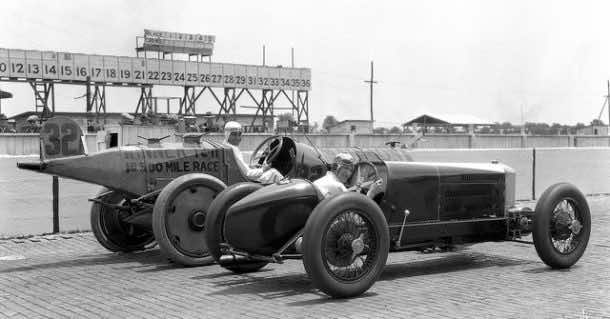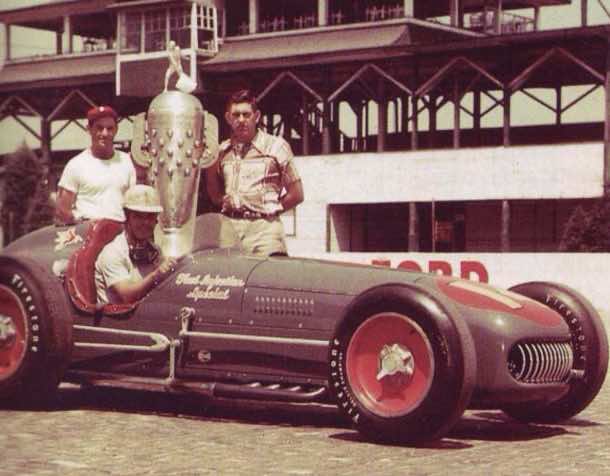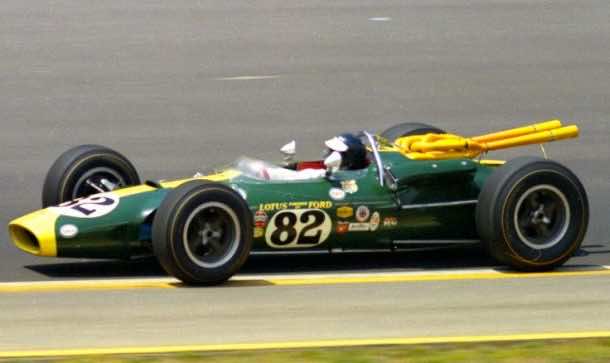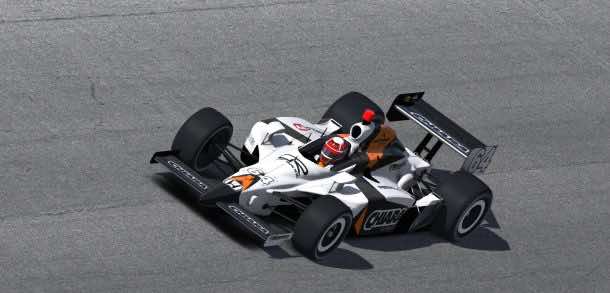With the 100th Indy500 running approaching fast, let us have a look at the history of the Indy cars. The Indy cars have come a long way since the first Indianapolis 500 in 1911. A lot of these changes have can be attributed to the enhanced aerodynamics. The Verizon IndyCar Series has made a video depicting the massive design changes that these cars have undergone and the improved aerodynamics that these vehicles flaunt today.
The Automotive Research Center, abbreviated as ARC, ran simulations for Computational Fluid Dynamics tests on four Indy cars to determine how the old cars performed in comparison with the new ones in the wind tunnel. The tests were run on a 1911 Marmon Wasp, a 1955 Kurtis Kraft 500C, a 1965 Lotus 38 and a 2011 Dallara.

1911 Marmon Wasp
Ray Harroun won the first Indy500 in 1911. Albeit being an impressive drive, the 1911 Marmon Wasp was not aerodynamically efficient. However, given the fact that the engineers did not have so many tools back then to determine the fluid flow, their oversight is just understandable.

The design of the vehicle included sharp edges around the radiator as well as bare suspension components adding a lot of drag to the car. The InyCar expert Jon Beekhuis, commonly known as Professor B., has credited the rear suspension of this Indy car for more than 41 percent of the forward resistance and no downward force is produced by the rear. In fact, the front of the car actually produces lift.
Surprisingly, it is the famous mirror of the Wasp, which vibrated so much that it was essentially considered useless, that Professor B. commends for decreasing the overall drag by deflecting the airflow.

1955 Kurtis Kraft 500C
In 1955, Bob Sweikert drove the 1955 Kurtis Kraft 500C and won the Indy500. The better and improved suspension of the Kraft brought down the drag being produced by the Wasp to 22 percent.

In fact, the tucked-in suspension produces the same overall drag as that generated by the modern Indy cars. The wheels of Kurtis Kraft account for the biggest drag producers.

1965 Lotus 38
In 1965, Jim Clark from Britain drove to the finish line in a Lotus 38. The small nose of the car and the dual windshield significantly reduced the drag. The real culprits in the Lotus 38 were the long suspension arms that damaged not only the aerodynamic properties of the vehicle but also offset the car’s suspension.

Zero downforce and skewed suspension respectively made cornering and left turning more difficult. However, given that Lotus 38 had 10 percent lower drag than the Kraft, Lotus was definitely an improvement.

2011 Dallara
The simulation ran for the latest Dallara design shows that the car produces a significant amount of the downforce. The massive 2000 pounds of the downforce can literally suck the car to the track.

Albeit a larger frontal area than the Lotus 38, Dallara accumulates 29 percent less aero drag. Again, wheels have been credited for 51 percent of the drag force of the car. Even then, Honda and Chevy kits are said to be more aerodynamically efficient.
Indy cars have indeed come a long way in design. With the introduction of new design and simulation technologies, the future of the Indy cars seems exciting.


